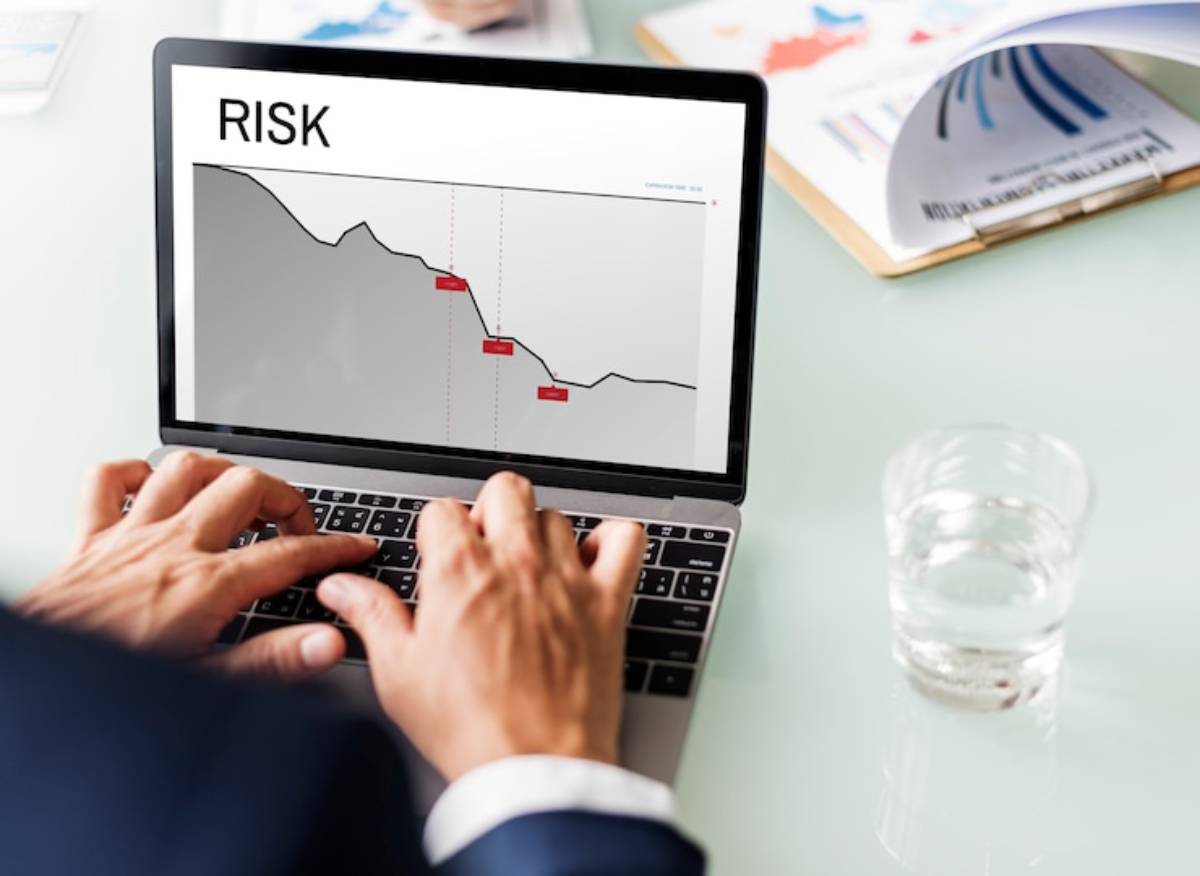
Active vs. Passive: Choosing the Right Approach
Imagine standing at a crossroads, map in hand. One path is buzzing with excitement — twists, turns, surprises around every corner. The other is smooth and steady, leading quietly but surely toward a distant goal.
When it comes to investing, this choice mirrors the decision between active investing and passive investing. Each has its fans, its benefits, and its risks.
In this article, you’ll learn what each strategy involves, how they differ, and how to pick the one that suits your journey best. Whether you’re new to investing or refining your approach, this guide will help you make a confident choice.
What is Active Investing?
The Basics
Active investing means trying to outperform the market. Investors or fund managers select investments they believe will do better than average.
Key features:
- Frequent buying and selling
- Research-driven stock selection
- Attempts to “beat the market”
Quick Analogy: Active investing is like being a chess player, thinking several moves ahead to outmanoeuvre your opponent.
How It Works
- Analyse markets, news, trends
- Pick specific shares, bonds, or assets
- Regularly adjust the portfolio based on new information
This hands-on approach demands time, knowledge, and sometimes a strong stomach!
What is Passive Investing?
The Basics
Passive investing means tracking the market rather than trying to beat it. You invest in broad indices like the FTSE 100, S&P 500, or MSCI World.
Key features:
- Minimal trading
- Lower management costs
- Long-term holding
Quick Analogy: Passive investing is like setting a sturdy raft on a slow-moving river and letting the current carry you downstream.
How It Works
- Buy index funds or ETFs that mirror a specific market.
- Hold them over many years.
- Rebalance occasionally to maintain your intended asset mix.
Active vs. Passive: Core Differences

Goal: Beat the market
Feature: Active Investing vs Passive Investing
Match market returns Costs: Higher (1%-2% fees); Lower (0.05%-0.25% fees)
Effort Required: High (constant monitoring); Low (“set and forget”)
Risk: Higher (manager error + market risk); Market risk only
Tax Efficiency: Lower (due to more trading); Higher (due to minimal trading)
Key Insight: While active investing can sometimes offer big wins, passive investing tends to win on average due to lower costs and steadier compounding.
The Case for Active Investing
1. Potential to Outperform
Skilled investors can beat the market, especially in areas like:
- Emerging markets
- Small-cap stocks
- Sectors undergoing rapid change (e.g., technology)
2. Flexibility
Active managers can:
- Move to cash during downturns
- Shift quickly into hot sectors
- Avoid underperforming industries
3. Customisation
You can align your portfolio with personal values or interests, like ESG (environmental, social, governance) investing or focusing on innovative industries.
Real-Life Story
Sarah, an experienced investor, actively picked renewable energy stocks early. Her portfolio outpaced global indices over ten years. But she also spent hours each week analysing trends and occasionally faced sharp setbacks.
The Case for Passive Investing
1. Low Costs
- Fewer management fees
- Fewer trading costs
Impact: Over decades, a 1% cost difference can erode up to 30% of your final investment pot.
2. Strong Long-Term Results
Most passive investors outperform their active peers over 10+ years.
Stat: SPIVA (S&P Indices Versus Active) reports that around 80% of UK active funds underperform their benchmarks over a decade.
3. Emotional Protection
Passive investing removes the temptation to:
- Panic sell in downturns
- Chase trends in booms
Real-Life Story
James started investing through a low-cost global index fund at age 25. By 55, he had weathered two major market crashes but still achieved solid returns, thanks largely to his steady approach and minimal fees.
How to Choose the Right Approach
1. Know Your Goals
- Wealth accumulation for retirement? Passive is often better.
- Seeking market-beating returns with niche knowledge? Active might suit.
2. Assess Your Interest and Time
- Love research, market trends, and economic forecasts? Active.
- Prefer simplicity and automation? Passive.
3. Evaluate Your Risk Tolerance

- Active strategies can bring higher highs — and lower lows.
- Passive strategies offer steadier rides.
4. Consider a Blend
You don’t have to pick only one!
Example:
- 80% in passive global trackers.
- 20% in hand-picked stocks or actively managed funds.
This “core-satellite” approach gives you stability with a splash of excitement.
Practical Tips for Each Strategy
Active Investing Tips
- Diversify: Don’t put all your eggs in one basket.
- Stay Informed: Read, learn, adapt.
- Manage Emotions: Stick to strategy even when markets get noisy.
- Monitor Costs: Expensive funds must deliver extra value to justify fees.
Passive Investing Tips
- Choose Low-Cost Funds: Every percentage saved adds up.
- Set It and Forget It: Resist checking portfolios daily.
- Rebalance Annually: Adjust back to your target asset mix once a year.
- Maximise Tax Wrappers: Use ISAs and pensions to shield growth.
Potential Pitfalls to Watch For
Active Pitfalls
- Overconfidence: Even professionals get it wrong.
- High Costs: Fees can devour returns over time.
- Emotional Decisions: Chasing winners or fleeing during downturns.
Passive Pitfalls
- Neglecting Asset Allocation: Even passive portfolios need balance.
- Complacency: Ignoring market changes that may impact goals.
- Overdiversification: Too many similar funds can dilute performance.
Build Your Path with Purpose
Active or passive investing isn’t about right or wrong. It’s about what’s right for you.
If you crave excitement, enjoy deep dives into market research, and can stomach volatility, a well-planned active approach might suit you.
If you value simplicity, cost-efficiency, and a focus on long-term wealth, passive investing could be your best friend.
Or maybe a mix of both is your ideal balance.
Ready to design your ideal investment strategy?
Start today by reviewing your goals, assessing your risk tolerance, and choosing an approach that aligns with your financial dreams — not just for today, but for decades to come.
Did this guide help you? Share it with fellow investors, leave a comment with your strategy preferences, or subscribe for more clear, empowering financial wisdom!